Date: 02-06-2019
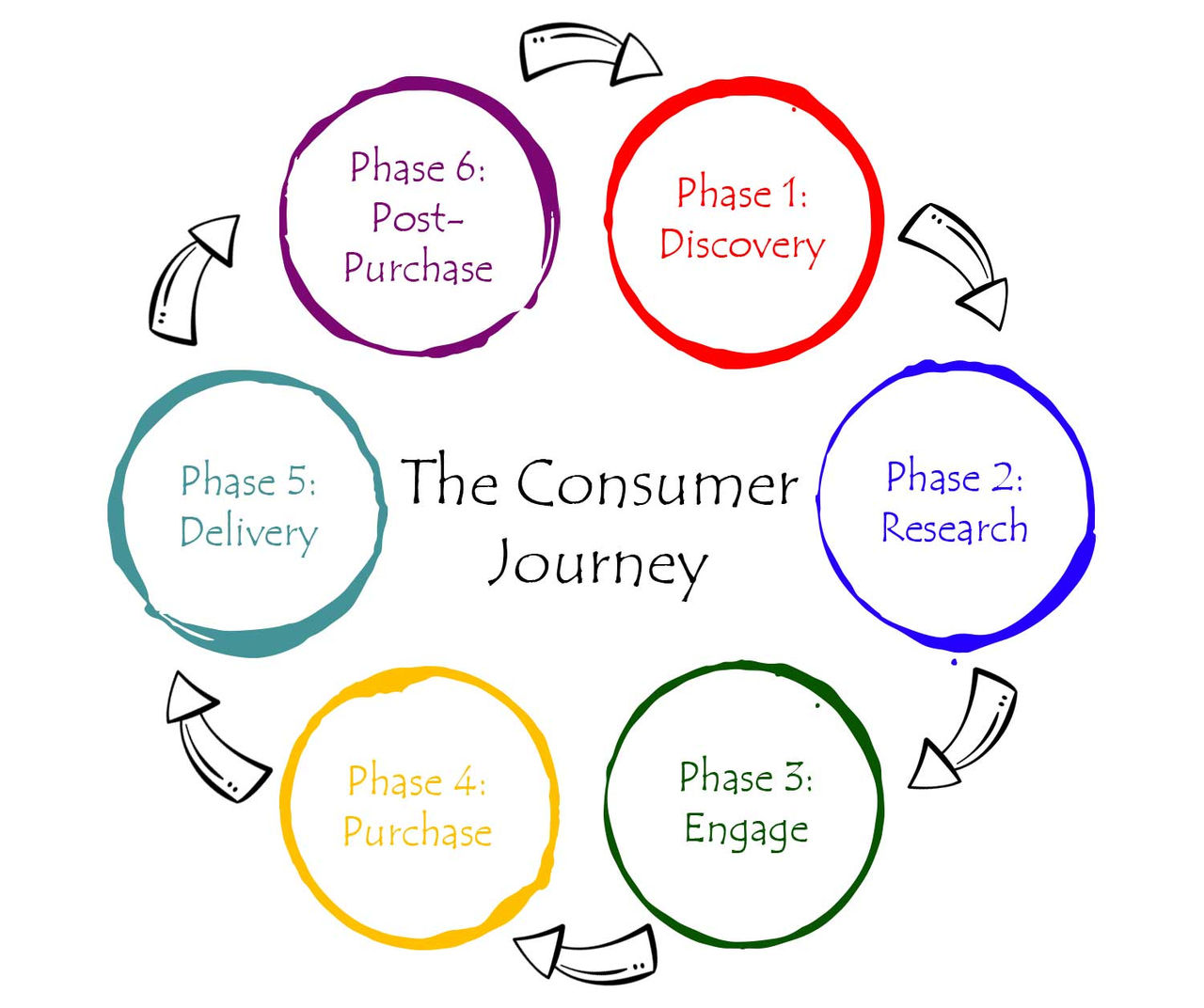
Think about the last time you bought a new product - was it a cosmetic product that you saw on an advertisement, or perhaps it was bubble tea from the first outlet of the hottest Taiwanese bubble tea chain. Whichever the product you have purchased, or service that you have utilised, you have subconsciously gone through the consumer journey.
What is the consumer journey?
In short, the consumer journey is the process that every consumer goes through from the discovery, to the consumption of a product or service, whether consciously or otherwise. With the advent of new communication and digital technology, consumer behaviour has also become more sophisticated, altering the consumer journey. This process has also forced businesses to become more consumer-centric; delighting the consumer has never been more important.
What this also means is that marketers need to update their marketing techniques through strategies such as content marketing in order to continually delight consumers, and for consumers to remain loyal to a brand.
The consumer journey can be broken down into 6 main phases:
- Discovery
- Research
- Engage
- Purchase
- Delivery
- Post-purchase
Each of these phases are key in the nurturing of a prospect, in order to not only convert them into a customer, but an advocate who helps in the amplifying of your brand. Let's take a look at each of these phases in more detail below.
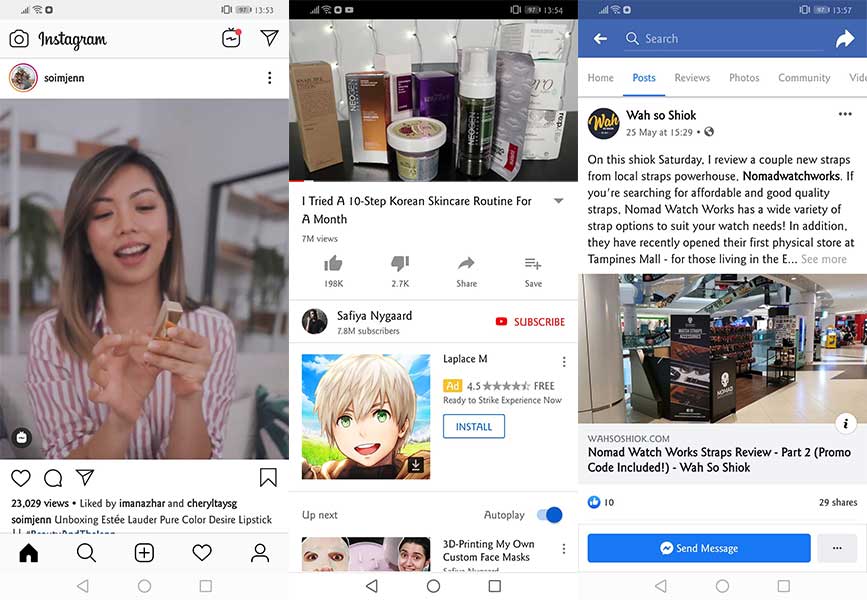
Phase 1: Discover
Simply put, Discovery refers to the first time you encounter a brand or product. Traditionally, this could be through advertisements or commercials in mass media such as newspaper, radio, or TV. But with the increase usage of social media over the years, came the corresponding rise of what is now known as influencer marketing. In Singapore, the influence that personalities such as Xiaxue wield is evident, with brands ranging from automotives to interior designers providing sponsorship, bringing awareness to their brands. A more recent example would be the "S-hook Lady", who gained explosive popularity with her casual and likable persona on her livestreams, garnering more than 2 million views in just days.
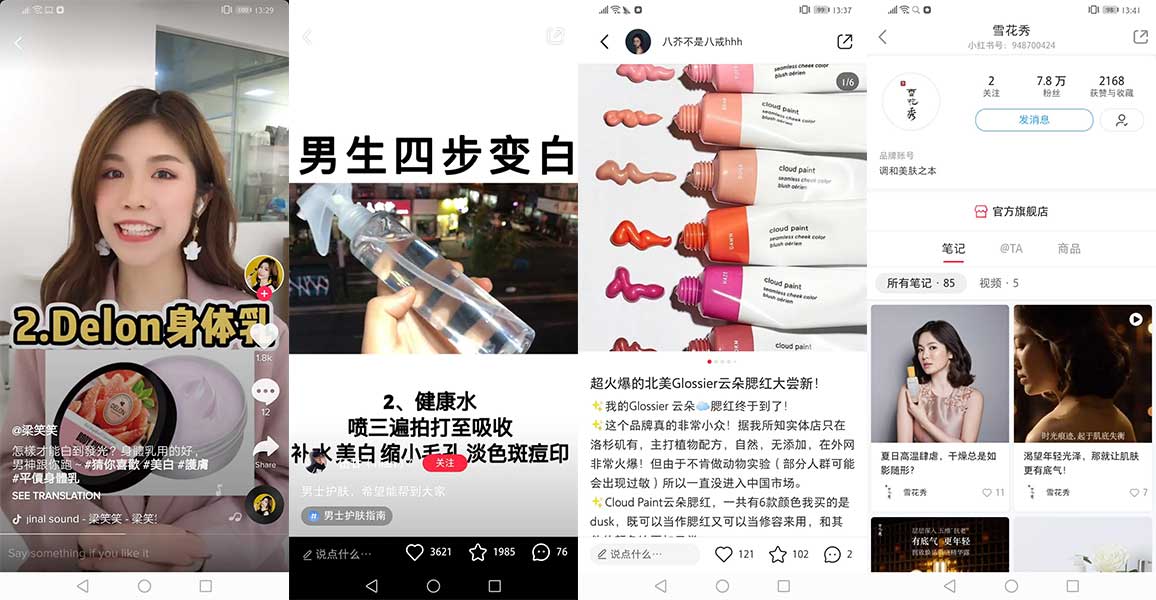
Social media platforms (L-R): Tik-Tok (抖音), Little Red Book (小红书)
The significance of KOLs in the discovery of new brands and products is most evident in China, where the rise of platforms such as Tik-Tok and Little Red Book has enabled consumers to discover new, foreign brands through engaging content created by brands and KOLs.
Phase 2: Research
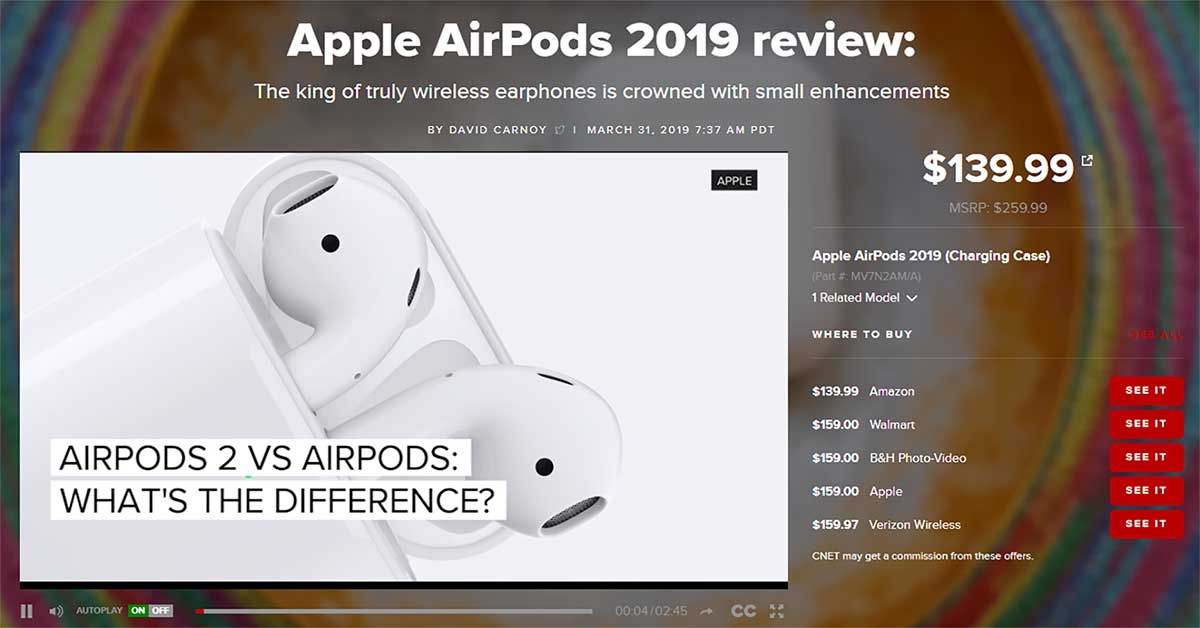
A review of Airpods 2019 on cnet.com
Upon discovering a new product, a natural tendency would be the desire to find out more about the brand and/or product. This is especially so for products that come with a higher price tag, for instance, let's look at an electronic gadget such as a mobile phone or a laptop. While traditionally information could only be gathered through word-of-mouth from friends and family, or through a salesperson in an offline store, with the internet, this process has become more instant. A simple search can not only provide comprehensive about the phone or laptop that you are looking to purchase, but also reviews both from reputable publications and end-users.
Phase 3: Engage
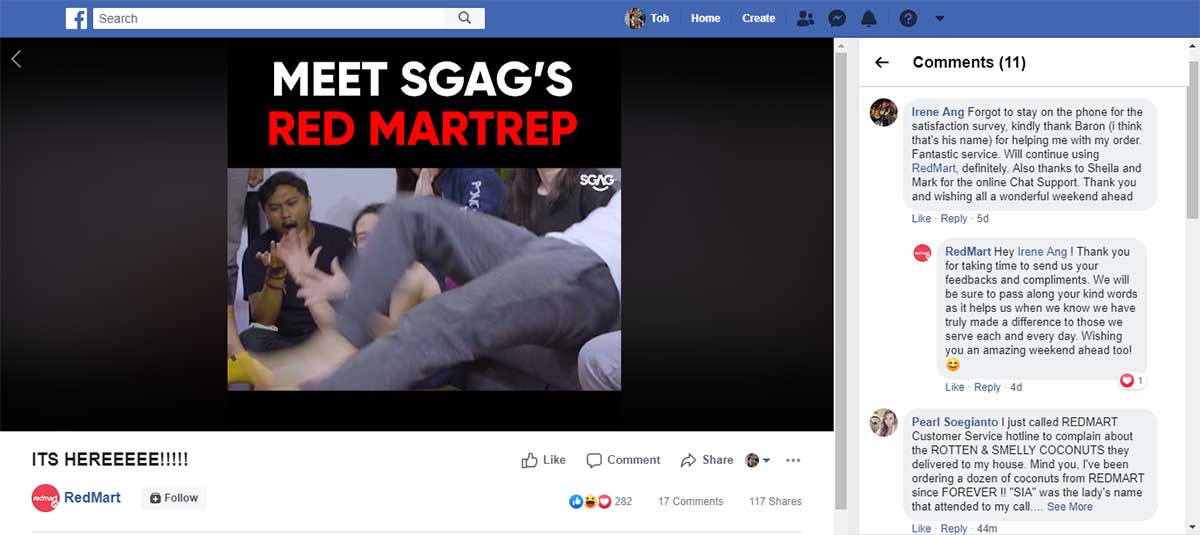
RedMart community management on Facebook
Assuming you have already done your research, but you still have burning questions that aren't answered. Social and digital avenues such as Facebook, Twitter, or even your brand's website, have made it easier than before for brands to connect directly with consumers. This removes the need for consumers to have their questions answered through a proxy (such as a distributor of the brand), and allows the chance for brands to interact with their consumers more intimately, and vice versa. The close interaction with the consumers would now also allow brands the opportunity to create and maintain brand loyalty, ensuring a lasting relationship between the brand and the consumer.
Phase 4: Purchase
Now that all questions that the consumer has have been answered, the purchase experience has to remain equally seamless to prevent a break in the consumer journey. The purchase phase is simply the stage where the consumer decides to make the purchase, whether it is through a brick-and-mortar store, an online e-commerce store, or more recently through social selling platforms such as Carousell or Shopee.
Phase 5: Delivery
Upon the completion of the transaction, the next phase in the consumer journey is the delivery phase. In a brick-and-mortar setup, this is simply the process of handing over the goods over to the customer, while simultaneously engaging the consumer through encouraging the signup for a loyalty or membership programme. On a marketplace, this could mean the delivery experience by a third party logistics provider such a Qxpress or NinjaVan, from the availability of delivery tracking, to the actual delivery experience at your front door. And often, this is the phase that is the most challenging for businesses that are moving online due to the lack of control over their third-party vendors.
Phase 6: Post-purchase
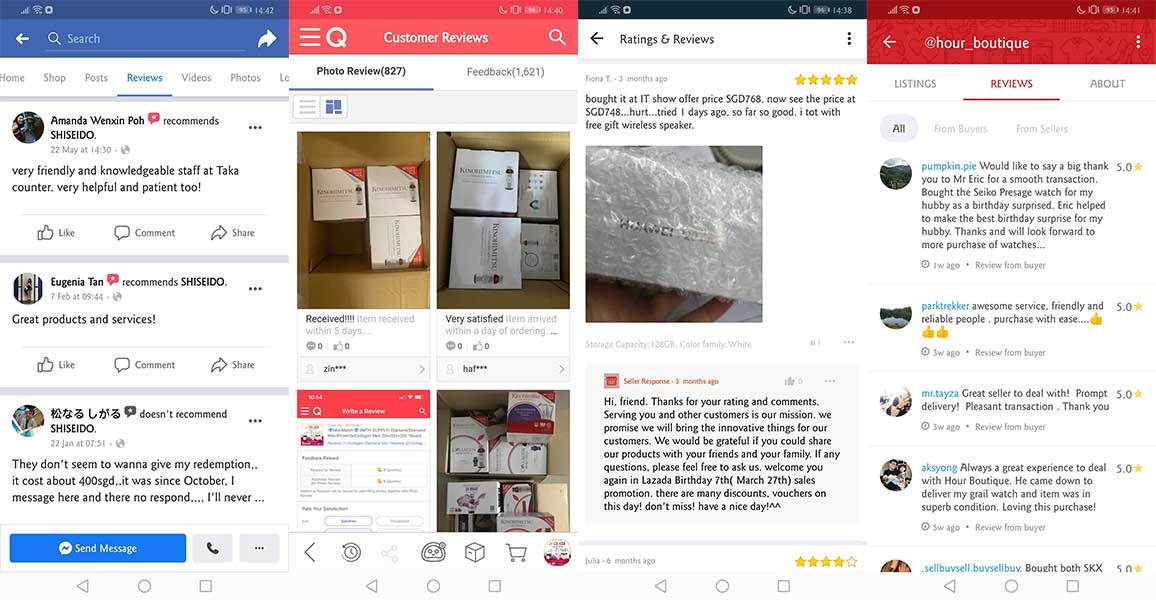
Post-purchase reviews (L-R): Facebook, Qoo10, Lazada, Carousell
In the older days, the consumer journey may have ended in the delivery phase, or even the purchase phase. But with the rapidly evolving, and increasingly competitive landscape, brands and businesses need to go beyond a delightful purchase experience in order to delight consumers. The post-purchase phase refers to any interaction that happens after the customer has made the purchase, and received the product. This could come in the form of customer service, community management on social media, or rewards programmes.
The importance of post-purchase engagement with customers should not be overlooked. A Zendesk survey reflected that 94% of customers who have bad experience with a brand's customer service negatively affects their future shopping experience, and 86% saying that a good customer service experience positively affects their future decisions.
Furthermore, numerous research have shown that acquisition of new customers can cost upwards of 5 times that of retention of existing customers, an added incentive for businesses to ensure customer satisfaction.
Ending Notes
The consumer journey may look to be broken down into 6 disparate stages, but it is important to keep in mind that the stages need to look seamless to the consumer. What this means is that your content strategy needs to address different needs of different customers, at different stages of the consumer journey.
Want to strengthen your content marketing game? The Alibaba Content Marketing Programme brings to you top Taobao University trainers, equipping you with the latest insights and tools for your business to increase customer acquisition and retention.